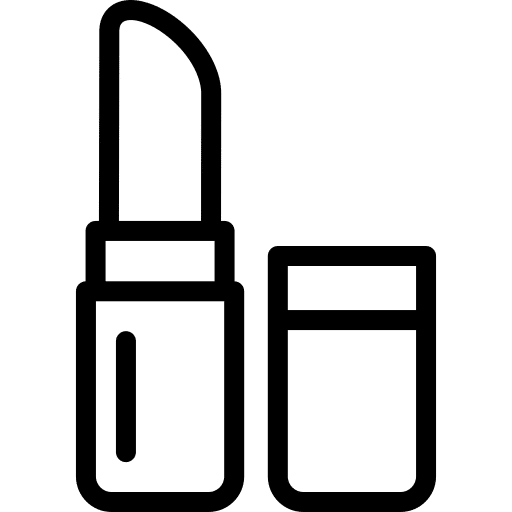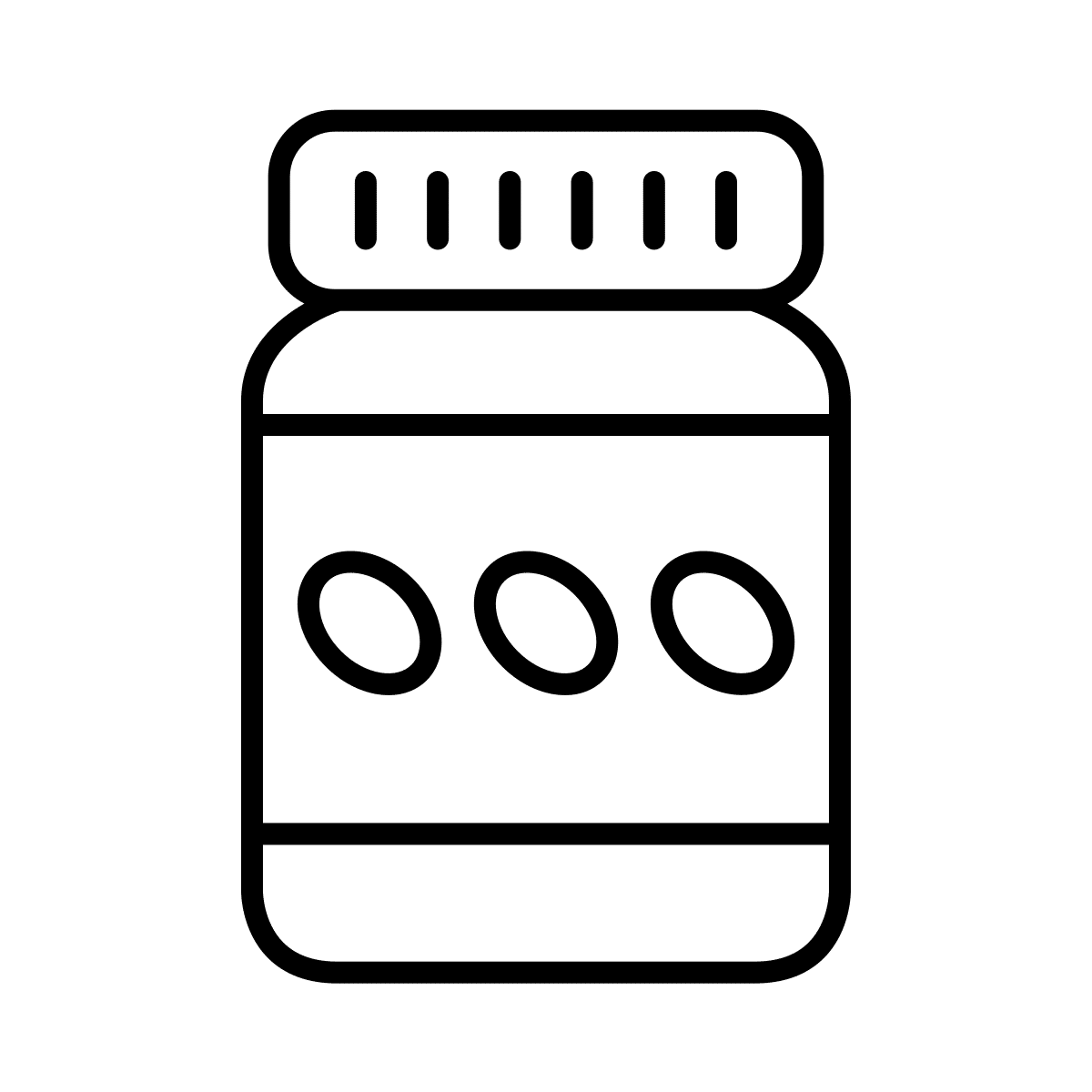As recently as 5 years ago, you could market retail apps using organic traffic. Demand was high, options were few, and customers were happy to get what they could.
Things have changed since then. Building an app’s user base with organic traffic isn’t just hard; it’s impossible (unless you have an enormous list).
Because of this, it’s important to understand how PPC can help market your app if you’re an online retailer. Below, we give 6 of our very best tips learned from making and publishing hundreds of apps.
Number one is to…
1. Get Over the Numbers
When you just start with PPC ads, numbers seem all-important – especially because Google, Facebook and other platforms emphasize them.
The thing is, there’s just one number that matter: sales, especially recurring sales. All the other statistics, from clicks to app downloads, usually don’t matter.
For example, what’s going to get you better results?
An untargeted campaign driving millions of cheap clicks from Asia
A highly targeted campaign that attracts several dozen high-income customers
The answer’s obvious; right? The first campaign may drive more, and cheaper, clicks. But it’s not going to do anything for your business.
For this reason, it’s important to use a mix of common sense and data; not just numbers. If you do that, and use the tip below, you’ll always use your ad money effectively and efficiently.

2. Use Your Budget Sparingly
Some marketers approach PPC with all the self-control of a reckless gambler. If they don’t get the returns they wanted, they just throw more money down, and guess what happens?
That’s right. That money does nothing for their business.
That’s because the name of the ppc game is *patience*. The idea is to start with as little as $10 a day, and experiment until those $10 start paying for themselves.
That’s when you start working with a bigger budget. Not before.
To get some serious extra mileage out of your ad spend – no matter how small the budget – and pay careful attention to the next tip.

3. Retarget Users with Omnichannel Tracking
Remember when, a few years ago, loads of venues would offer discounts and bonuses for Instagram tags and FourSquare check-ins?
Omnichannel marketing has been on everyone’s lips these past few months. In this point, we’ll explain how you can use it to retarget users to download your app and buy from it.
First, make sure that you’ve got Google Analytics, Facebook Pixel or whatever code you’re using installed on your mobile website. Then, if someone visits it but doesn’t download your app, hit them with PPC ads that encourage downloads. This will maximize downloads while driving down promotion costs.
Second, you can use omnichannel tracking to show them what they need at various stages in the customer journey. For example, if someone opened a content page on their desktop but didn’t buy, you can target that individual with ads for similar items.
This way, you maximize conversions and drive down costs for PPC ads.
Last but not least, let’s talk about a tactic that’s especially relevant in 2018:
4. Go multi-platform
In today’s e-commerce, users almost never start and end the customer journey in the same place.
For example, a consumer may see an Instagram ad; then go to your website, where they read some content; then forget about your brand until they get retargeted with a Facebook ad; then go to your physical store to complete the purchase.
As all of this is happening, you risk losing sight of your leads and past customers. Look at it this way: every time you’re not around to remind consumers of your brand, you’re giving the competition an opportunity.
Of all ad environments, Google’s has the farthest reach – and Facebook has the best price point for quality traffic.
Moreover, these ad environments help you advertise on Instagram and Google Ad partner sites. Between the two of them, you may think you don’t need to look elsewhere.
This is a mistake. When it comes to apps, all sorts of ad networks can work well. And since many ads help you target retail app users, this can be the best-converting source of traffic in your repertoire.
So take a look around. Talk to the JMango team. Look at various ad platforms, and experiment to see what works best at any given time.
Just don’t stick to Facebook and Google, because these may be the best ad environments, but also the most competitive and expensive.
5. Use Keywords Consistently
If you read and now follow the tips in our App Store optimization article – and you really should – you have app and brand-specific keywords you’re using with your app.
You should focus on using these same keywords with your ppc ads. This will create synergy with your ASO efforts, directing paid and organic traffic from the same kind of consumer – and boosting your reach.
This doesn’t mean you should use your ASO keywords for PPC, of course. However, you’ll find that there’s a lot of overlap between your target PPC words and what you’re already using, and that’s where you want to be: in that overlap.
The same applies if you have a rockin’ SEO website. Try to use the same words for ASO and PPC where possible. The more you synchronize these, the more business you’re going to get.
Last but not least, here’s a less than obvious tip:
6. Always Optimize
Modern PPC ads are priced via an auction system. Marketers make bids for specific keywords, and the highest bid wins. They may not realize this is what’s happening – the process is usually automated – but that’s how it happens on a technical level.
Because of this, savvy advertisers are always looking for ways to make money by buying cheap ads that convert well. The process of discovering and making these profitable tweaks to targeting and keywords is called optimization.
Without it, even the most effective PPC campaign loses steam and stops being profitable over time. That’s why it’s important to look at your results as often as possible, and make small changes when necessary.
The exact ways you optimize can vary from platform to platform. For example, 15% of all Google searches are new – so trying to guess them before they happen, and making PPC ads for them is one way.
Now let’s recap by going over the 6 tips we have for making the most of your PPC ads:
-
Get Over the Numbers:
Use Your Budget Sparingly
-
Retarget Users with Omnichannel Tracking
-
Go multi-platform
-
Use Keywords Consistently
-
Always Optimize
Use these tips, and your PPC ads will be that much better at driving app sales – and creating recurring customers.
Of course, the very best thing you can do to improve the effectiveness of your PPC ads is develop a market-beating app. After all, if your user experience sucks, it doesn’t matter how goods the ads are. Nobody’s going to buy.
One way to make an app like that is with JMango360: an award-winning app builder that helps you make beautiful, customizable native apps in minutes.
To learn more about JMango360, or schedule a free demo, simply fill out the form below. We look forward to speaking with you!







